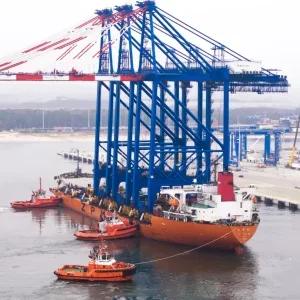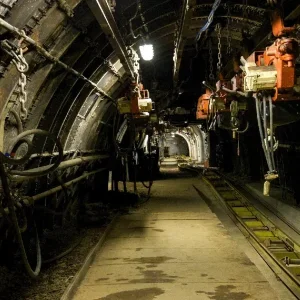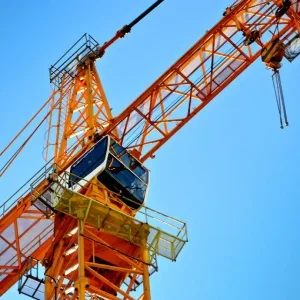The EOT crane was used to move large components, such as flasks, at the facility, which was built to serve Dounreay’s chemical plants and the adjacent Vulcan site. With the shutdown of the building, it became necessary to remove the crane.
Dounreay was the UK’s centre of fast reactor research and development from 1955 until 1994, and is now being decommissioned and demolished by Dounreay Site Restoration Ltd (DSRL), the site licence company responsible for the closure programme at Dounreay. It is Scotland’s largest nuclear clean-up and demolition project.

Removal of the crane was part of the work to reduce the radioactive hazard in the building, codenamed D1207, DSRL said.
The operation required detailed planning by DSRL and its decommissioning subcontractors. Before the EOT crane could be taken down, the entire surface of the ceiling had to be decontaminated, and the redundant ventilation extract ducting removed. A roof hatch was installed to allow a mobile crane to access the facility and handle the EOT crane as it was lowered from the ceiling.
The EOT crane weighed 8t and spanned the entire width of the building. As such, the DSRL team had to wait for optimum weather conditions to ensure the decommissioning occurred without error.
Once the cross-travel bogie was lifted off the crane, riggers wearing radiation protection clothing and respirators fixed scaffold poles to the crane in order to stop the slings slipping during the lift.
The EOT crane was then lifted off its rails, turned 90° and lowered to the floor.
The crane and bogie were cut up and sprayed with two coats of metal paint, before being loaded into ISO containers for consignment as low level waste.
“The next phase of the work will be removing the contaminated floor and some of the walls,” said DSRL senior project manager Robbie Manson.






